Your Zucchini is Watery and Sad. Here’s How to Fix It.
Let’s have a real talk about zucchini. I’ve spent more than two decades in professional kitchens, and I can tell you, this humble summer squash is the source of so much quiet frustration. It seems so simple, right? But it holds a big, watery secret. Zucchini is over 90% water, and if you don’t know how to handle that, you’re destined for a plate of bland, soggy mush. I learned that the hard way, turning what should have been a beautiful side dish into a watery disaster early in my career.
In this article
But once you crack the code, zucchini is an absolute rockstar. It’s incredibly versatile, soaks up flavor like a dream, and it’s one of the most affordable veggies you can buy. Seriously, you can often find it for around $1.50 a pound in the summer, though that might creep up to $3 or $4 a pound in the off-season. This guide is more than just recipes; it’s the playbook of techniques I’ve drilled into every cook I’ve ever trained. We’ll cover everything from picking the right one to the cooking methods that guarantee delicious results. Let’s make soggy zucchini a thing of the past.
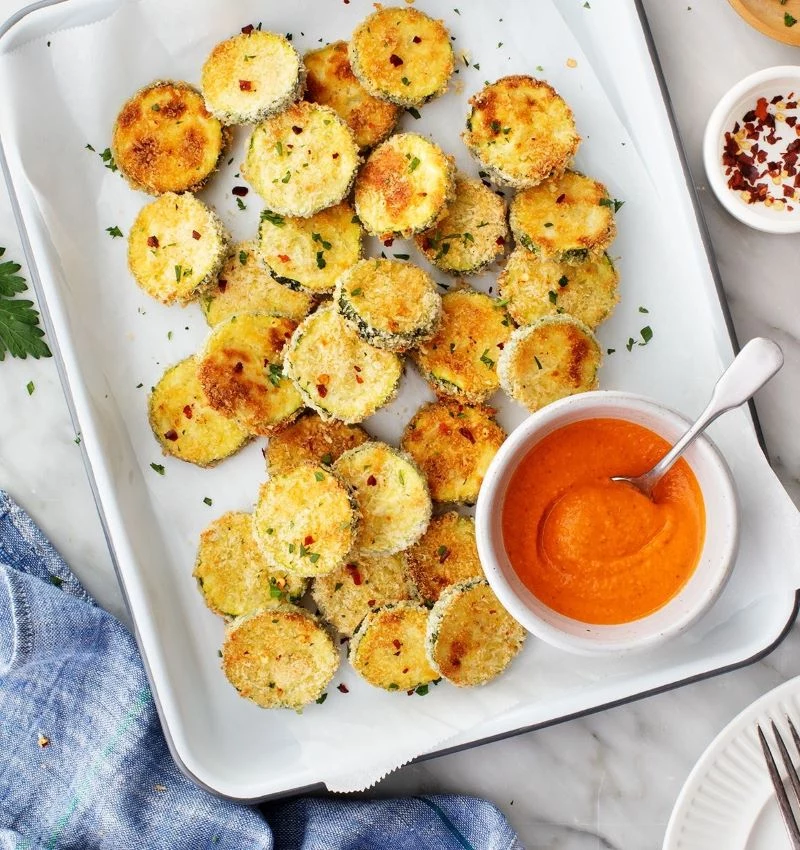
First Things First: Choosing and Prepping Your Zucchini
You can’t cook a great dish without great ingredients. That’s kitchen rule #1. For something as delicate as zucchini, what you grab at the store and how you treat it at home is more than half the battle.
How to Pick a Winner at the Store
Your first instinct might be to grab the biggest zucchini in the pile. Don’t do it. Bigger is absolutely not better here. Those giant ones are basically water balloons with tough, bitter seeds and diluted flavor. Their texture is spongy and just plain sad when you cook them.
Instead, here’s what the pros look for:
- Size and Shape: Look for smaller, slender zucchini, maybe 6 to 8 inches long. They pack more concentrated flavor and have a better flesh-to-seed ratio.
- The Squeeze Test: It should feel firm all over and surprisingly heavy for its size. If it’s soft, bendy, or has squishy spots, it’s old. Put it back.
- Skin Check: The skin should be smooth and have a nice gloss to it. Any major nicks, blemishes, or dullness means it’s past its prime.
- Stem Condition: If the little stem is still on, it should look fresh and feel a bit prickly, not all dried up and shriveled. That’s a great sign it was picked recently.
Oh, and by the way, keep an eye out for different varieties! The standard green one is a workhorse, but if you spot a Costata Romanesco at your local farmers’ market in mid-summer, grab it. It’s ribbed and has a fantastic nutty flavor. Golden zucchini is another great find with a more delicate taste.
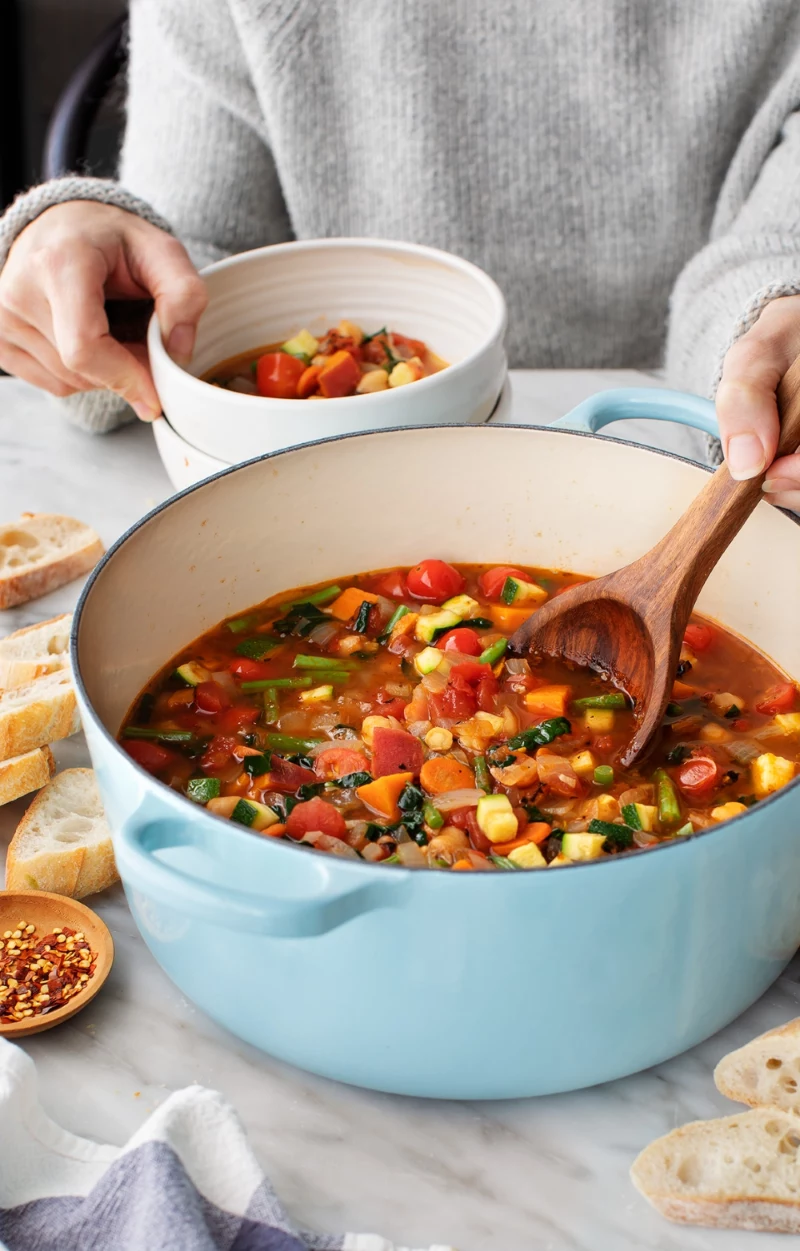
The Single Most Important Step: Taming the Water
Alright, lean in. This is the secret. If you learn one thing today, let it be this. Because of all its water, zucchini has a tendency to steam itself in the pan instead of getting that beautiful brown sear we all want. To stop this, you have to pull that excess water out before you cook. The fancy term is disgorging, but I just call it “salting.”
How to Salt Your Zucchini:
- Slice or Grate It: Cut the zucchini into whatever shape you need—rounds, planks, cubes, or grated shreds. The more surface area you expose, the better this works.
- Salt and Wait: Pop it all in a colander in the sink. Sprinkle generously with salt—about 1 teaspoon of fine sea salt per pound of zucchini is a good starting point. Toss it around to coat everything.
- Let It Weep: Just let it sit for at least 30 minutes. You’ll literally see beads of water forming on the surface as the salt does its magic. A surprising amount of liquid will drain out.
- Dry, Dry, Dry: For slices or cubes, give them a quick rinse to get the excess salt off, then pat them completely dry with a clean towel. For grated zucchini, pile it into a dish towel, wrap it up, and squeeze with everything you’ve got. You will be shocked by how much water comes out. Get it as dry as you possibly can.
A Few Quick Notes on This:
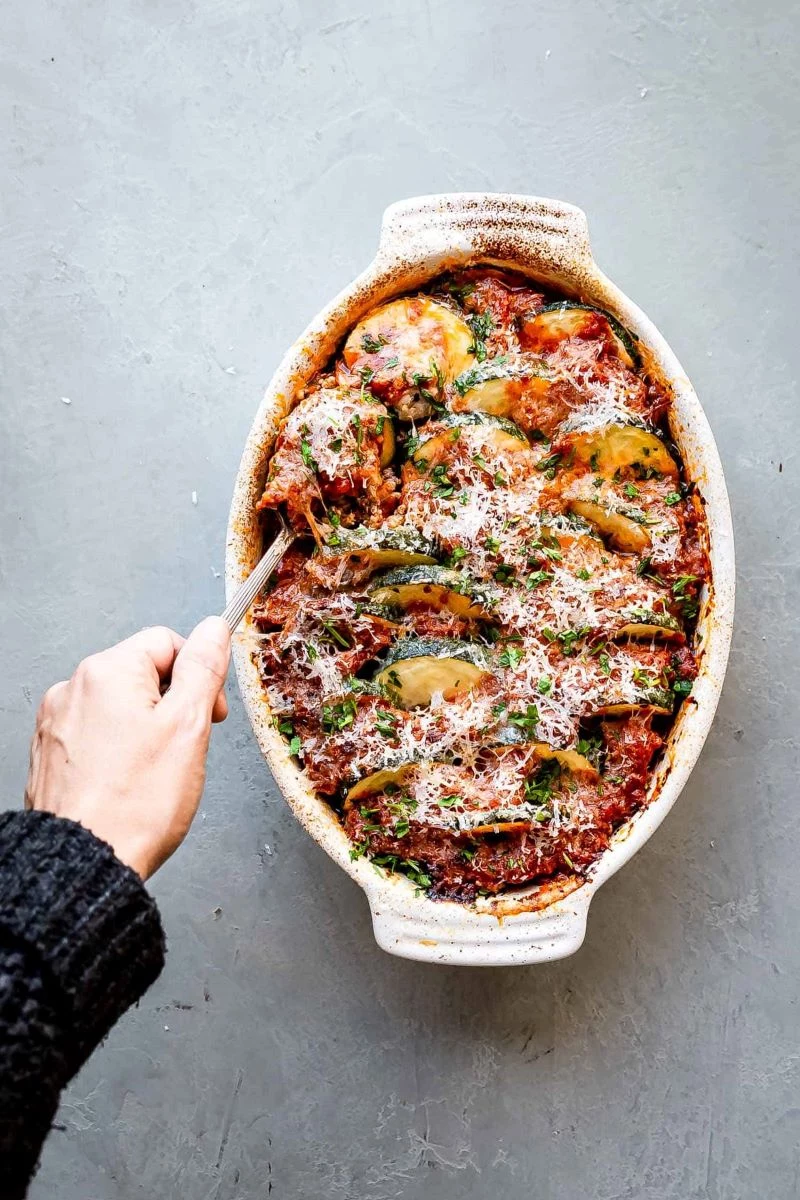
- What kind of salt? Fine sea salt is great, but honestly, kosher salt works just as well. You might just need a tiny bit more since the flakes are bigger. In a pinch, regular table salt will do the job. Don’t overthink it.
- In a Rush? Don’t have 30 minutes on a Tuesday? I get it. Even 15 minutes of salting makes a world of difference. No time at all? Slice your zucchini, lay it between a few paper towels, and press down hard. It’s not perfect, but it’s way better than nothing.
- Prep Ahead Tip: You can totally do this in advance. Salt, rinse, and dry your zucchini, then pop it in an airtight container in the fridge. It’ll be ready to go for up to 24 hours. A real game-changer for weeknight meals!
My Go-To Cooking Methods for Perfect Zucchini
1. High-Heat Roasting
Roasting is fantastic for zucchini because the dry, intense heat drives off moisture and creates that delicious browning known as the Maillard reaction. This method is best for achieving a tender texture with caramelized, savory flavor.
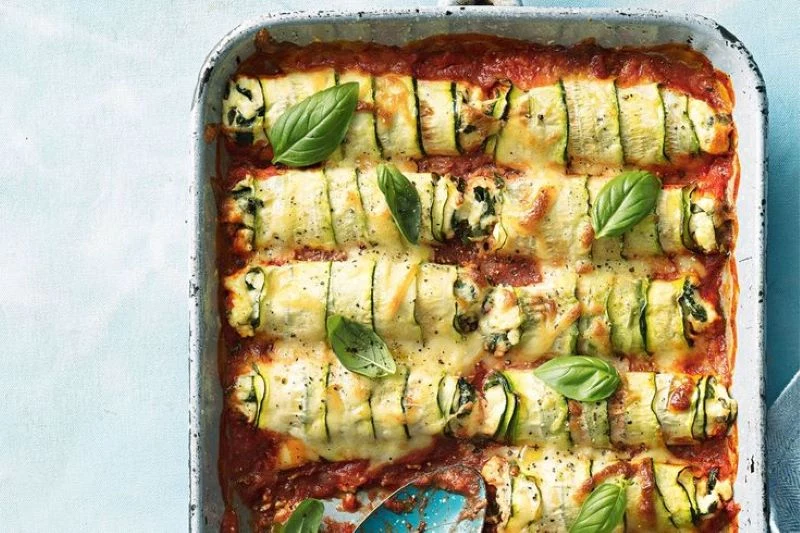
Total Time: About 35-40 minutes (including prep)
For this, you’ll want about 1 pound of zucchini sliced into 1/2-inch thick rounds. Toss them in a bowl with a tablespoon of regular olive oil (not extra-virgin, you need a higher smoke point), salt, pepper, and a teaspoon of dried herbs like oregano. The key here is to spread them in a single layer on a baking sheet in a very hot oven—we’re talking 425°F. Don’t overcrowd the pan or they’ll steam! Use two pans if you have to. Roast for 10 minutes, flip them, sprinkle with about 1/4 cup of grated Parmesan, and roast for another 8-10 minutes until they’re golden and delicious.
Common Pitfall: Still soggy? Your oven probably wasn’t hot enough when you put the pan in, or you crowded the pieces too close together. Be patient and give them space!
2. The Perfect Pan Sauté
Sautéing is all about speed and high heat. The goal is a quick, beautiful sear on the outside while the inside stays tender-crisp. This technique is perfect for fast side dishes and stir-fries.
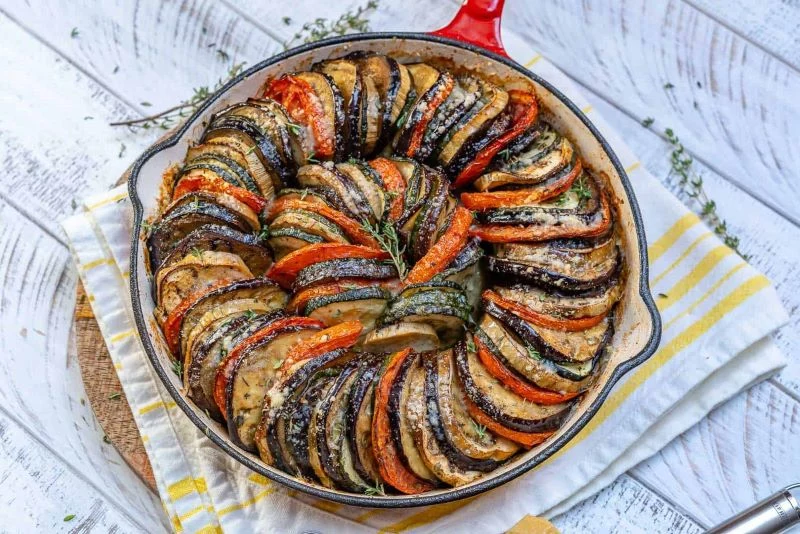
Total Time: About 45 minutes (including the 30-min salting time)
Start with 1 pound of zucchini, diced into 1/2-inch cubes and thoroughly salted and dried. Get a large skillet (cast iron is my favorite for this) screaming hot over medium-high heat. Add a tablespoon of avocado or olive oil. When it shimmers, it’s ready. Add the zucchini in a single layer and—this is important—don’t touch it for at least a minute. Let it get a real crust. Then stir for another 2-3 minutes. If you have a lot, do it in two batches. At the very end, toss in 2 cloves of thinly sliced garlic and cook for just 30 seconds more before pulling it off the heat. Burnt garlic is a tragedy. Finish with a sprinkle of fresh parsley or basil.
Common Pitfall: If it gets mushy, your pan wasn’t hot enough, or you added too much zucchini at once, which dropped the pan’s temperature. Work in batches for the best results!
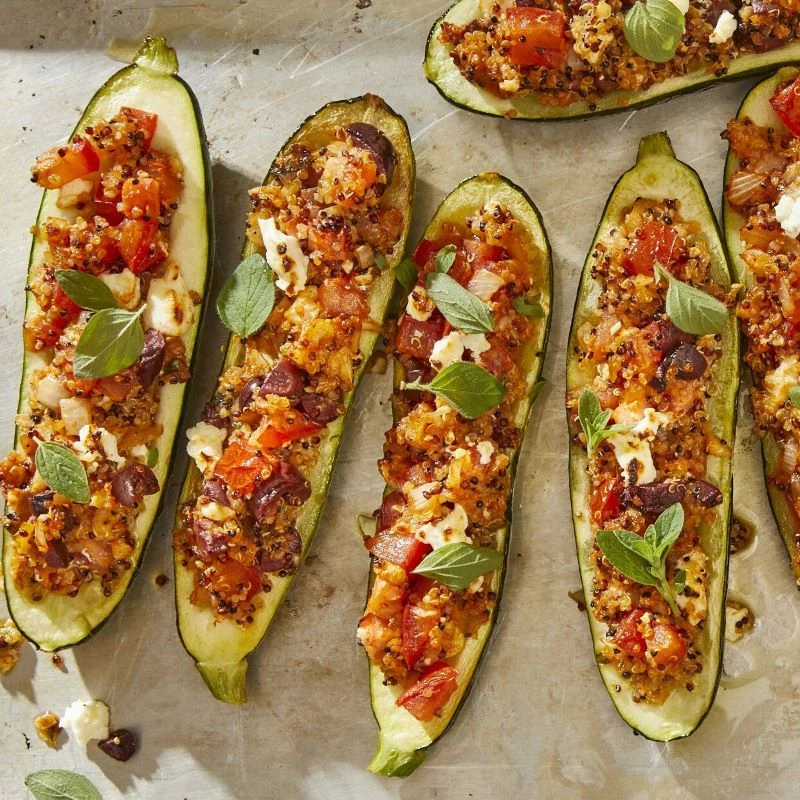
3. Grating for Fritters and Bakes
Grating ruptures all the zucchini’s cell walls, releasing a ton of water. This is where getting the moisture out is absolutely non-negotiable for some recipes, but desired in others.
Total Time (for Fritters): About 45 minutes
For crispy fritters, you MUST squeeze the grated, salted zucchini bone dry in a dish towel. I can’t stress this enough. Mix that dry pulp (about 1 pound’s worth) with 1/2 cup of flour, a beaten egg, some scallions, and Parmesan to make a batter. Fry spoonfuls in a shallow layer of hot oil (about 3-4 minutes per side) until deep golden brown. And a pro tip: drain them on a wire rack, not paper towels. Paper towels trap steam and will undo all your hard work, making them soggy.
Heads up! This is for fritters. If you’re making zucchini bread or muffins, that moisture is often your friend! Most bake recipes rely on it to keep the final product from being dry. For those, you’ll either skip the squeezing entirely or just give it a very light one. Always follow your specific baking recipe on that front.
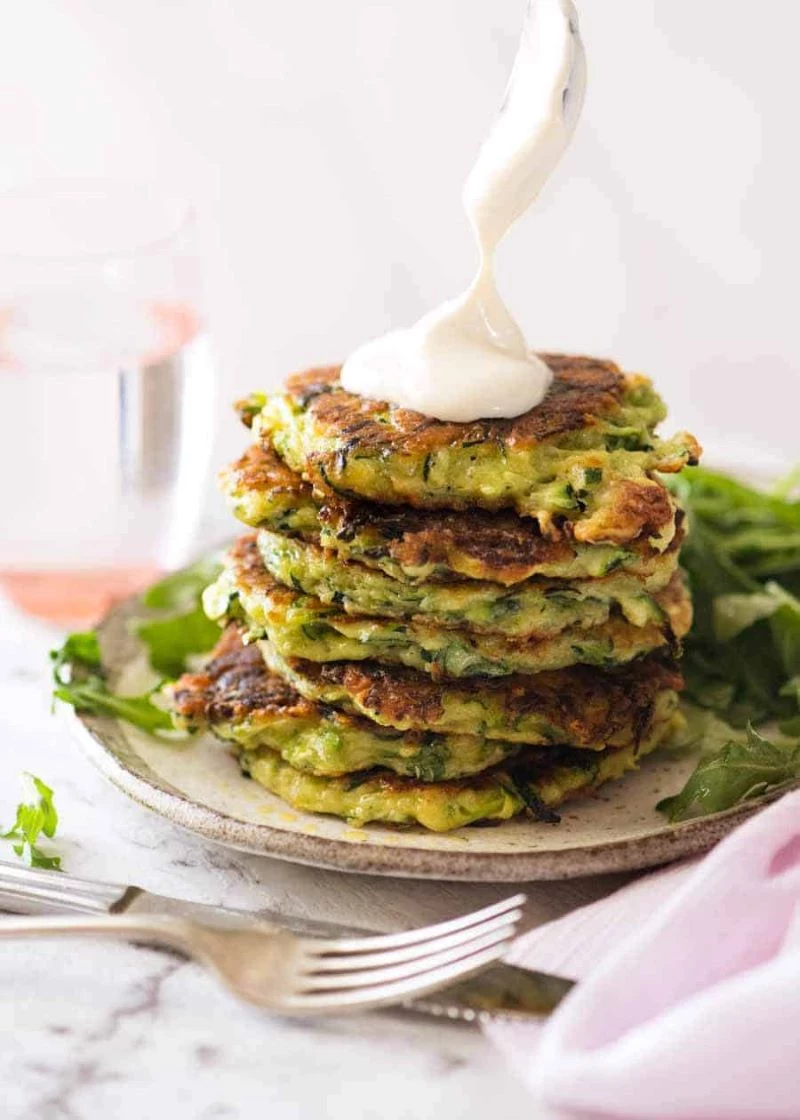
4. Stuffing and Baking
Zucchini halves make amazing little boats for all sorts of fillings. The challenge is getting the zucchini shell perfectly tender without the whole thing turning into a watery mess. The secret? Par-baking the shells.
Total Time: About 50-60 minutes
Cut 3 medium zucchinis in half lengthwise and scoop out the flesh, leaving a 1/4-inch shell. Chop up that scooped-out flesh to use in your filling. Now, brush the empty shells with olive oil, season them, and bake them on their own at 400°F for about 15 minutes. While they bake, cook your filling—Italian sausage, onions, garlic, and the reserved zucchini flesh is a classic. Mix that with breadcrumbs and cheese, then fill the par-baked shells. Pop them back in the oven for another 20-25 minutes until the tops are golden brown. Par-baking is the step that makes all the difference between a firm, delicious boat and a floppy raft.
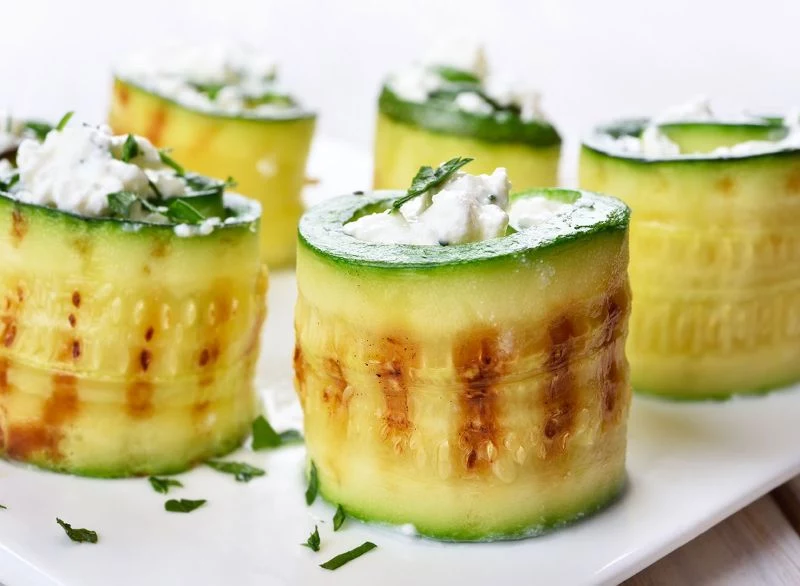
Extra Credit: More Pro Tips
Dealing with a Zucchini Avalanche? Freeze It!
If your garden went wild, freezing is your best friend. How you do it depends on how you’ll use it later.
- For Soups, Stews, and Bakes: The easiest way is to shred it. Portion the raw, shredded zucchini into freezer bags (1 or 2-cup portions are handy), squeeze all the air out, and freeze flat. It will be watery when it thaws, which is fine for things like zucchini bread or for bulking up a pasta sauce.
- For Sautéing or Roasting: This takes an extra step. Slice the zucchini into rounds or planks, then blanch them. Drop them into boiling water for just one minute, then immediately transfer them to a bowl of ice water to stop the cooking. Dry them thoroughly, arrange them in a single layer on a baking sheet to freeze, and then transfer the frozen pieces to a freezer bag. This helps preserve a much better texture.

A Quick Flavor Cheat Sheet
Zucchini is a team player. It gets along with almost everyone. If you’re looking to get creative, here are some flavors it absolutely loves:
- Herbs: Mint, basil, dill, parsley, oregano
- Acids: Lemon (juice and zest!), white wine vinegar
- Dairy: Feta, Parmesan, ricotta, goat cheese, yogurt
- Other Friends: Garlic, tomatoes, onions, pine nuts, red pepper flakes, sausage
Want to See the Magic? Try This.
If you’re still not convinced about the whole salting thing, do this little experiment. Slice up one zucchini. Take half the slices and salt them for 20 minutes, then pat them dry. Leave the other half as is. Sauté both batches separately in a hot pan and taste them side-by-side. The difference in flavor and, especially, texture will blow your mind. It’s the best way to truly understand what a difference this simple step makes.
Inspirational Gallery
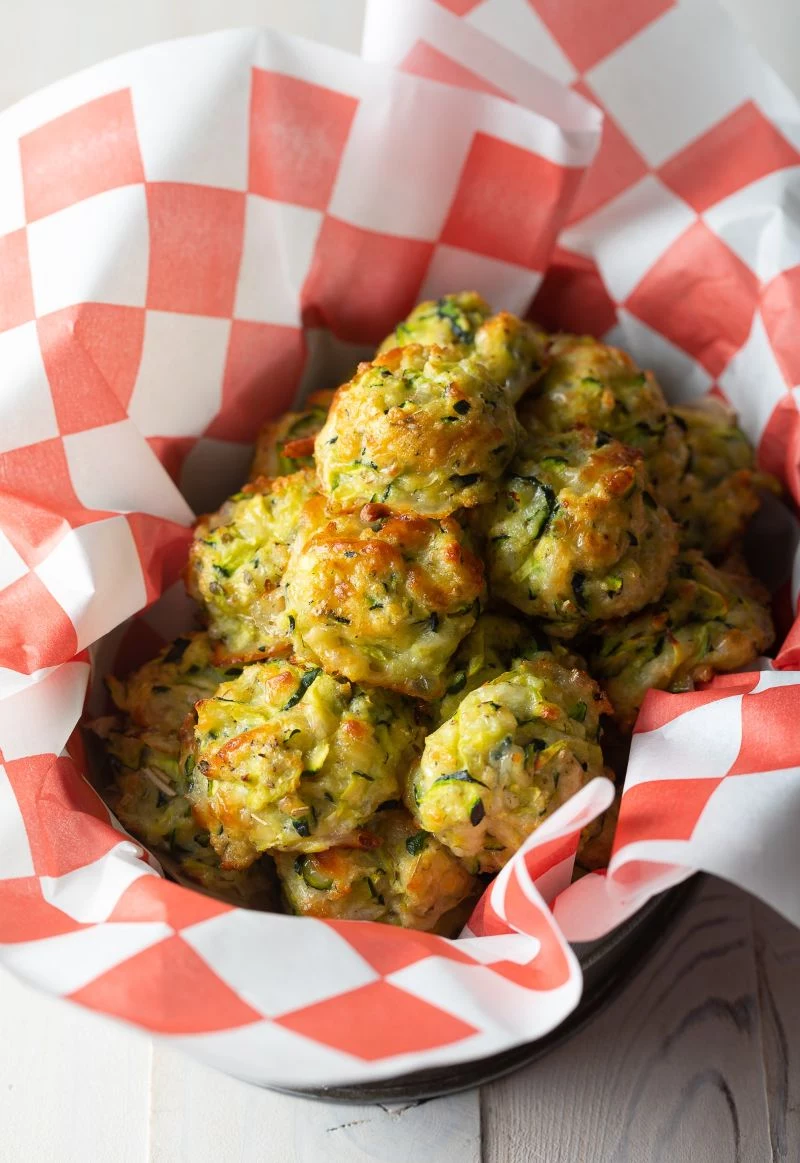
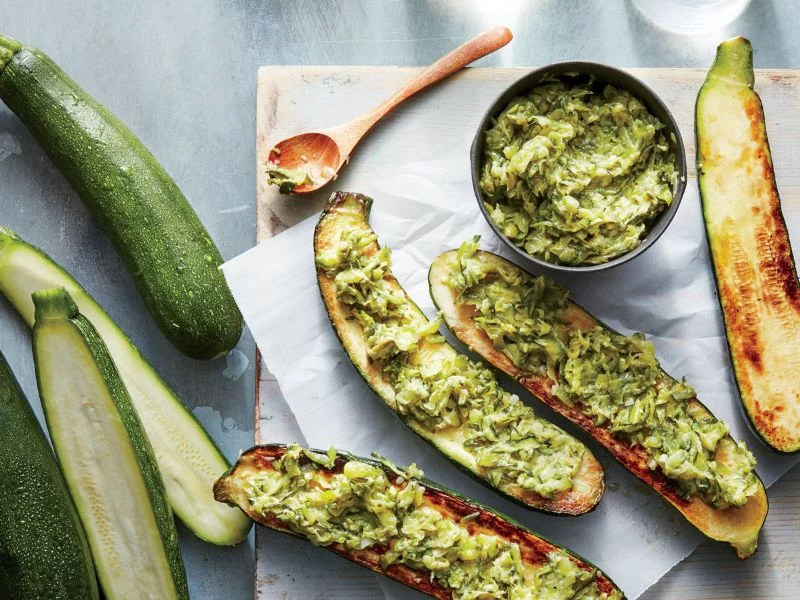
The single biggest mistake? Overcrowding the pan. Giving each piece of zucchini its own space to sizzle is non-negotiable. Piling them in steams them in their own liquid, creating the exact sogginess you’re trying to avoid. Cook in batches if you have to—your patience will be rewarded with golden-brown perfection.
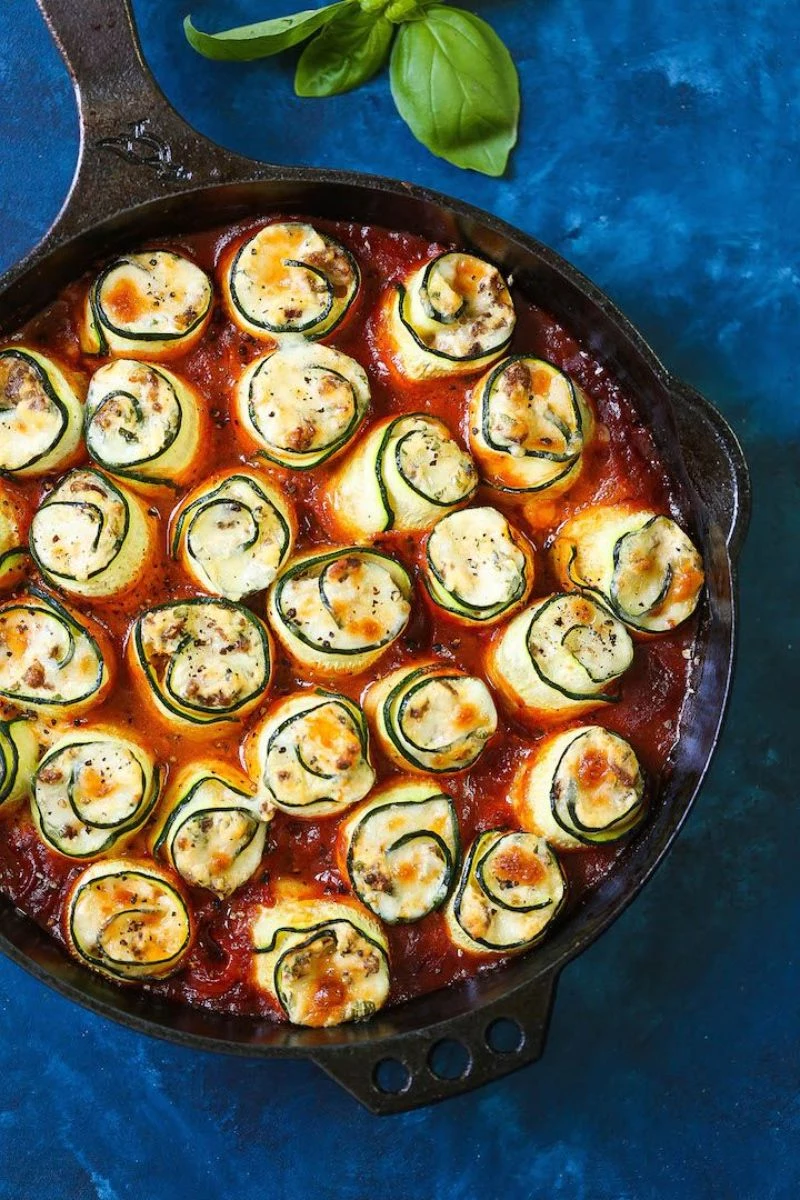
So what’s the deal with salting zucchini beforehand?
It’s simple science: osmosis. Zucchini is over 90% water. Sprinkling cut zucchini with salt and letting it sit for 15-30 minutes draws that excess moisture to the surface. You’ll see beads of water form. Simply pat it dry with a paper towel before cooking. This single step concentrates the zucchini’s flavor and ensures a much better texture, whether you’re sautéing, frying, or adding it to a gratin.
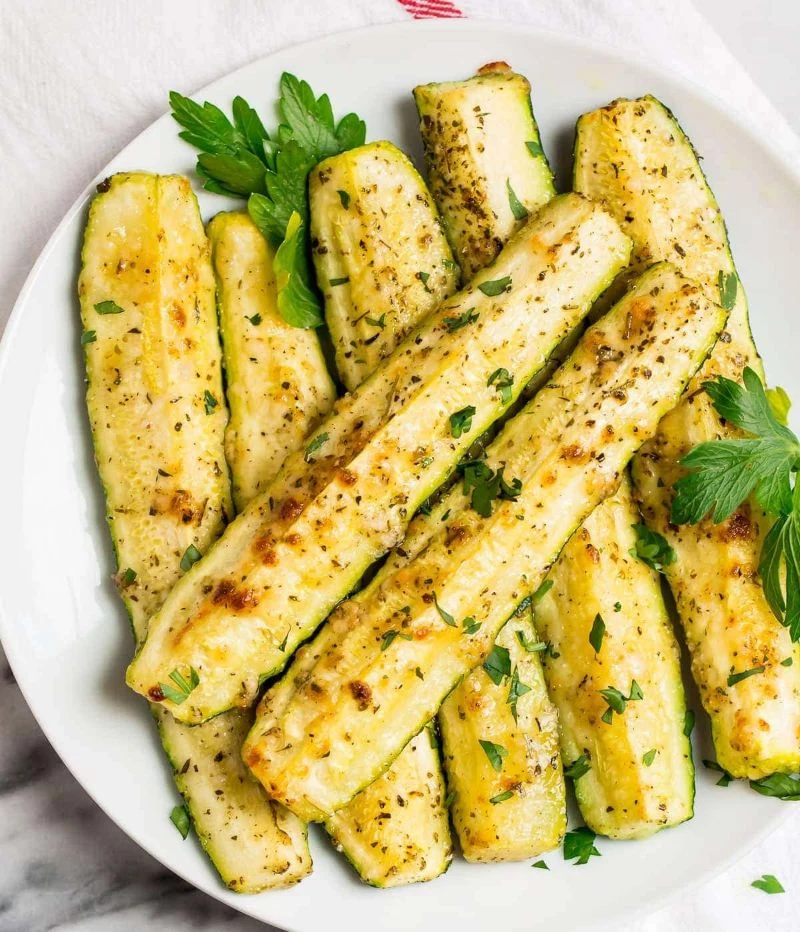
Think of zucchini as a flavor sponge. Its mild, slightly sweet profile makes it the perfect canvas for bold ingredients. Don’t be shy! A generous amount of garlic, a final squeeze of fresh lemon juice, torn mint or basil leaves, or a heavy dusting of salty Pecorino Romano cheese can transform it from a simple side to the star of the plate.
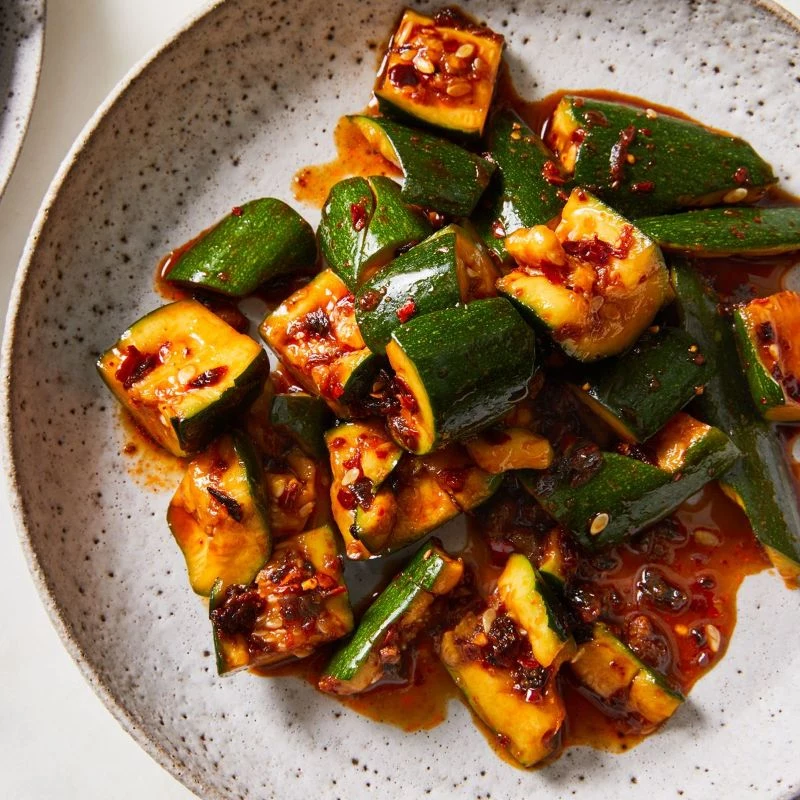
Did you know the beautiful, trumpet-shaped zucchini blossom is also edible? Prized in Italian and Mexican cuisine, they have a delicate, slightly sweet flavor. Try them stuffed with ricotta and herbs, then lightly fried for an incredible appetizer.
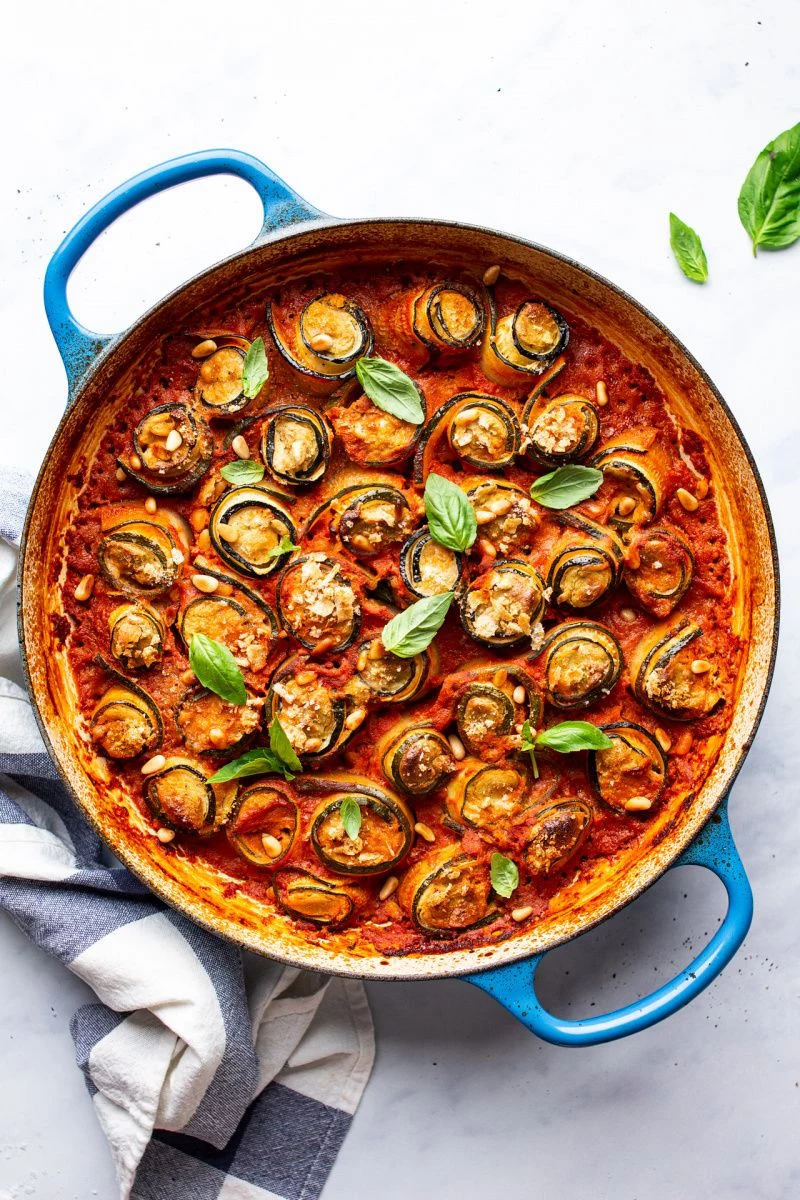
For that deeply browned, restaurant-quality sear, heat is your best friend. A screaming-hot pan is essential to evaporate surface moisture instantly, allowing the natural sugars to caramelize.
- Use a heavy-bottomed pan, preferably a cast iron skillet from a brand like Lodge, over medium-high heat.
- Add a high-smoke-point oil (like avocado or grapeseed) and let it get shimmering hot.
- Place your salted, dried zucchini in a single layer and—this is key—don’t touch it for 2-3 minutes. Let that crust form!
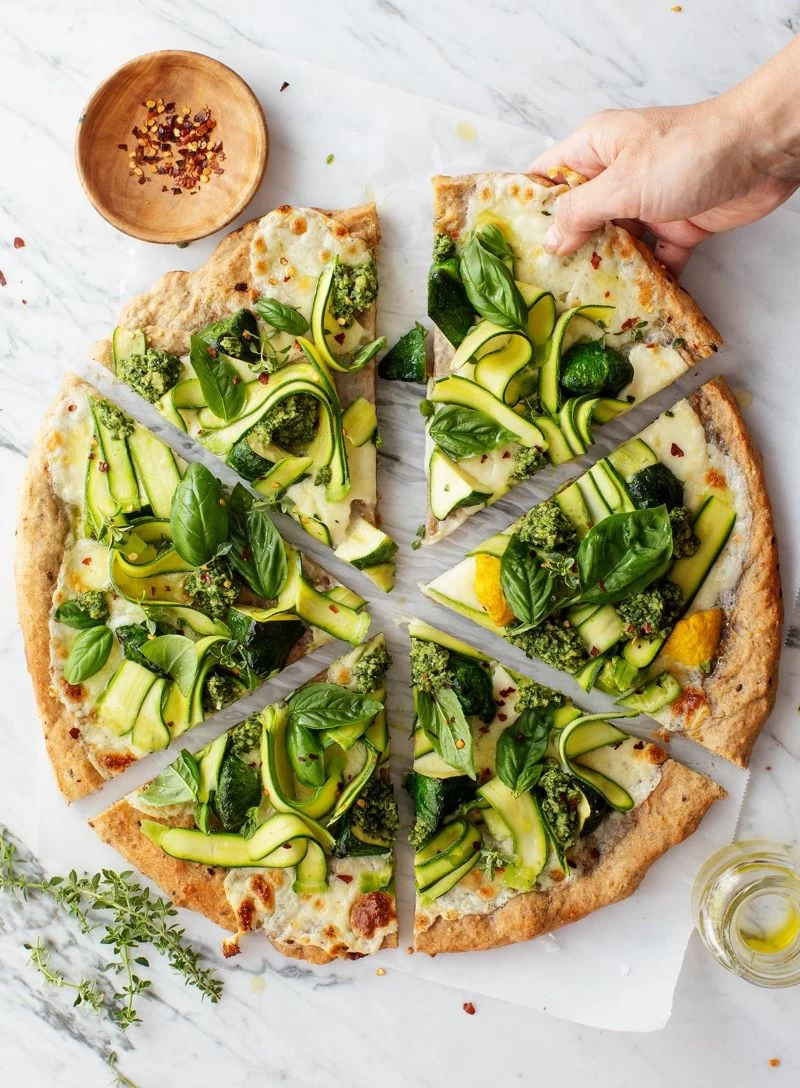
- Achieve a surprisingly crispy exterior without deep-frying.
- Use significantly less oil than pan-frying.
- Get evenly cooked results in about 15 minutes.
The secret? Your air fryer. Toss zucchini spears with a little oil and seasoning, then air fry at 400°F (200°C), shaking the basket halfway through. It’s a game-changer for a quick, healthy side.
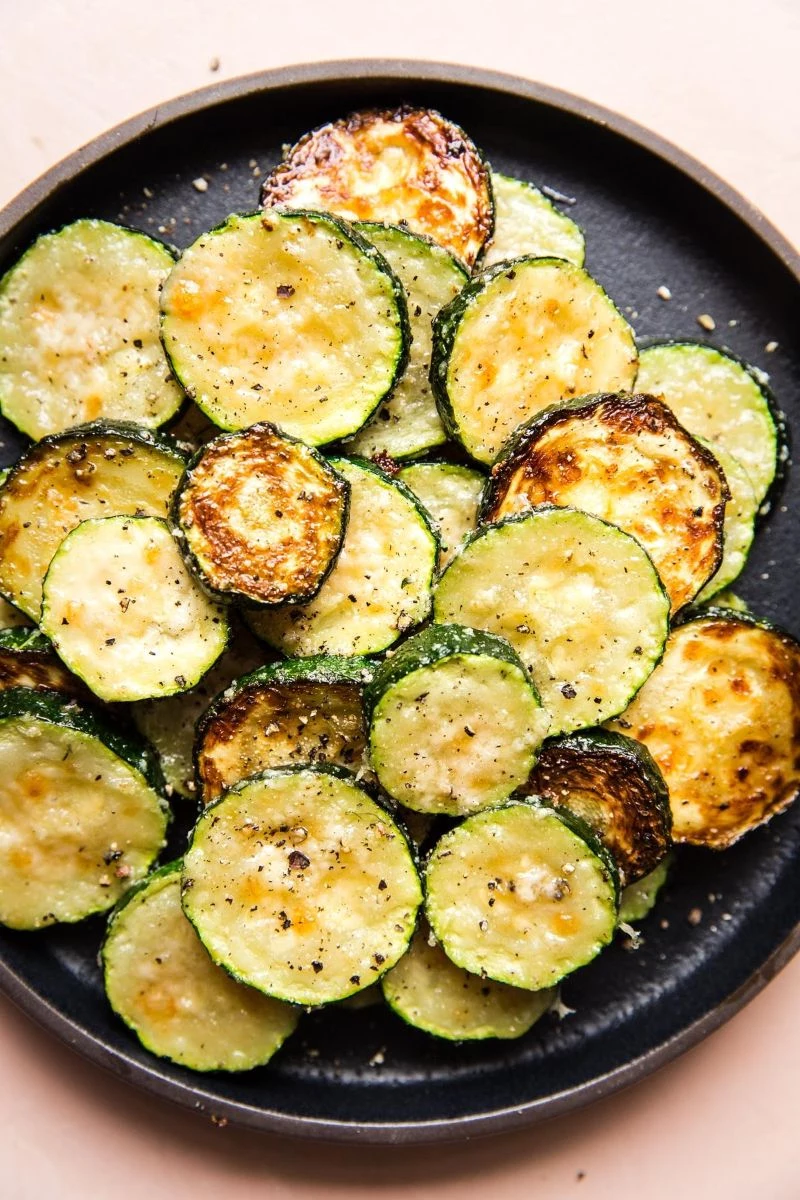
Mandoline: A classic Japanese mandoline, like a Benriner, is your go-to for creating uniform, paper-thin rounds or long planks. Perfect for delicate gratins, quick pickles, or crispy zucchini chips.
Spiralizer: This tool, like the ones from OXO, turns the whole squash into spaghetti-like strands (
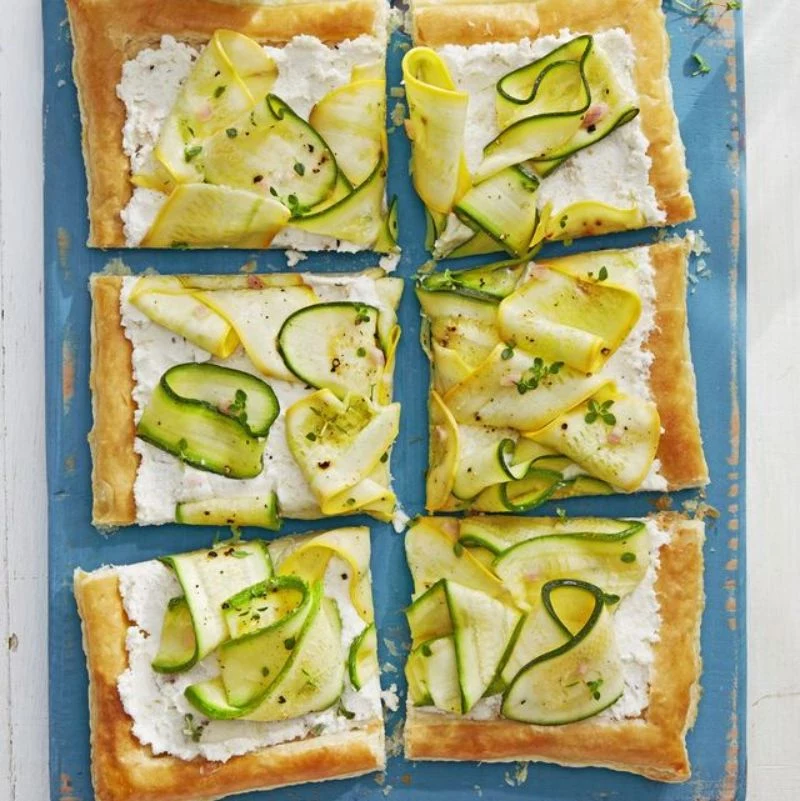
While the familiar green ‘Black Beauty’ zucchini is a supermarket staple, there are many other varieties to explore at your local farmers’ market.
Keep an eye out for Costata Romanesco, an Italian heirloom with a ribbed appearance and a richer, nuttier flavor that’s fantastic simply grilled. You might also find ‘Eight Ball’ zucchini, which are perfectly round and ideal for stuffing, or golden zucchini, which adds a beautiful pop of color to any dish.
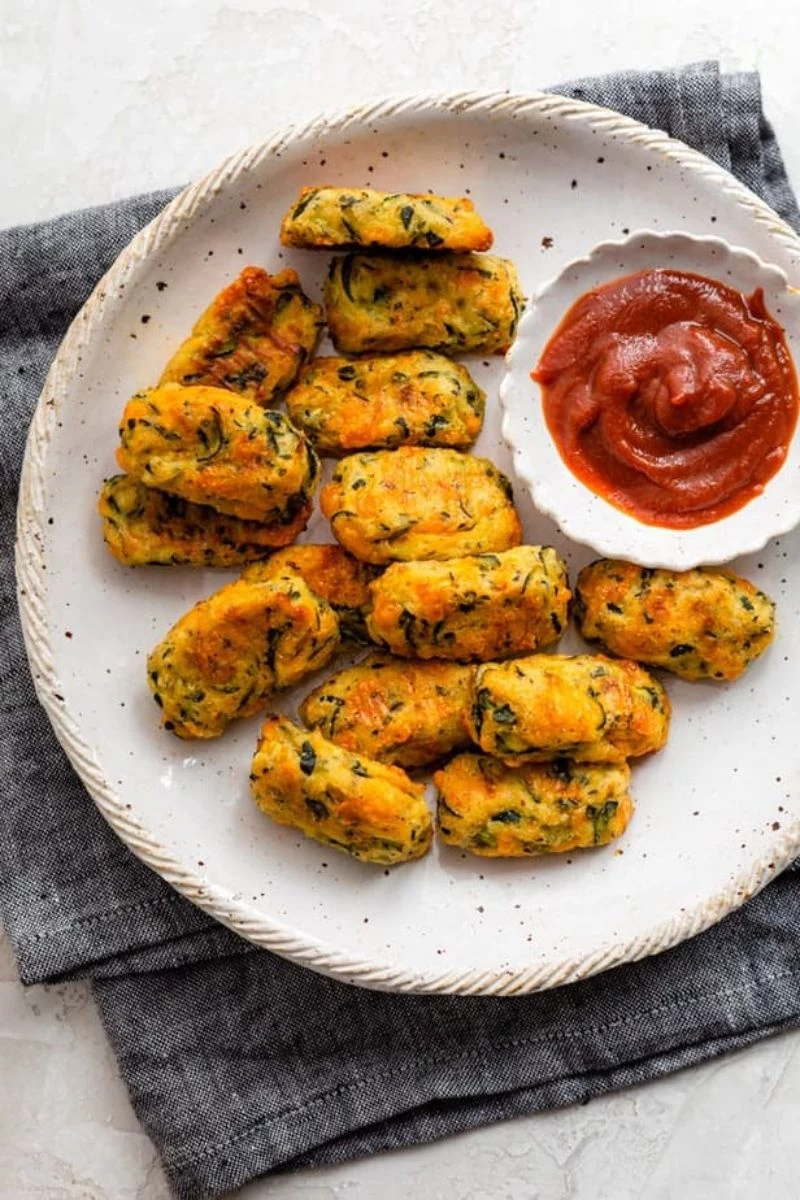
Store your unwashed zucchini in a perforated or open plastic bag in the crisper drawer of your refrigerator. Unlike some vegetables, they need a bit of air circulation to prevent them from getting slimy. A completely sealed bag is a recipe for quick decay. Stored this way, a fresh zucchini should stay firm and ready to cook for up to a week. Just wash it right before you’re ready to slice and cook.
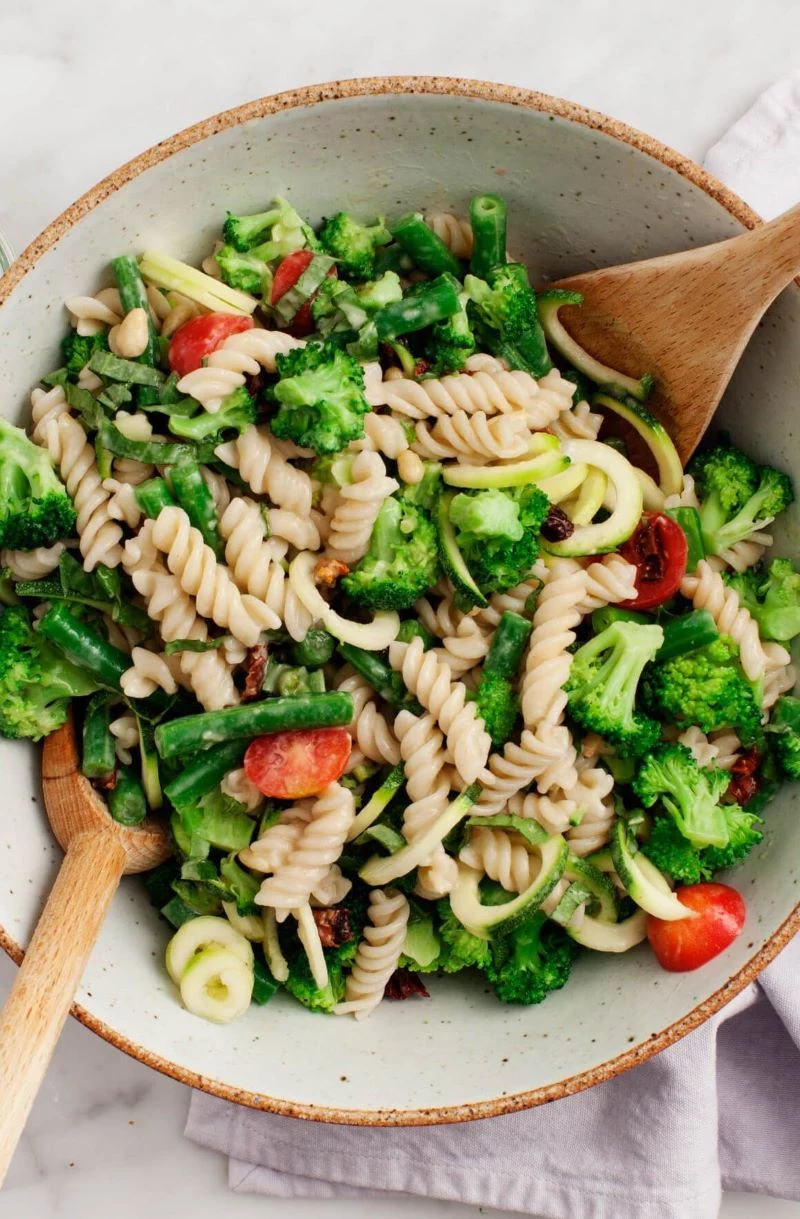
Direct on the Grates: For thick planks or halved zucchini. This method gives you those coveted, deep char marks and a smoky flavor. Just be sure to oil the zucchini, not the grates, to prevent sticking.
In a Grill Basket: The perfect solution for smaller, diced or round pieces that would otherwise fall through the grates. You’ll get less pronounced char marks but a more uniform, all-over roasted character.
Zucchini makes an excellent, budget-friendly binder in recipes. Grate it finely (and squeeze out the water!) to add moisture and nutrients to meatballs, meatloaf, or even brownie batter. It disappears into the mix, secretly boosting the vegetable content without altering the taste.










